Tyre management improvement
Project objective
To provide tyre and rim designers and users with structured information that enables the prevention of unwanted tyre and rim events and the mitigation of the consequences should an event occur.
This industry project
Following a series of significant incidents in EMESRT member companies, the EMESRT Advisory Group members committed to facilitating an industry project to improve tyre and rim management.
This decision was based on the following drivers:
- Significant fatality exposures for tyre maintenance technicians, mobile equipment operators, mobile equipment maintainers, and emergency responders
- Inadequate maintenance and operational practices causing early service failures incur considerable costs, e.g., repair or replacement of damaged tyres, unavailability of equipment, etc
- There are increasing expectations that mine operators can improve performance
- The range and complex interdependency of the business inputs necessary for safe and productive operations using rubber-tyre earth moving equipment
....handling and maintenance of large earthmoving tyre assemblies is the second most significant source of fatal events in surface mining....
EMESRT first turned its attention to tyres and rims in 2007, when it published Design Philosophy 2, focusing on tyres and rims. This EMESRT industry project is an extension of the original work carried out in developing the design philosophy.
Design Philosophy 2 provides visual operational scenario information for designers of wheel assembly components and mining operators. It has this objective: to provide tyre and rim designers and users with structured information that enables the prevention and the mitigation of the consequences of unwanted tyre and rim events. This EMESRT industry project is an extension of the original work carried out in developing the design philosophy.
Tyre and rim management is a complex problem, and EMESRT recognised that further problem definition work was required. Industry researchers were engaged to provide a better understanding of the human factors aspects of the tasks and environment.
EMESRT recognised that there were areas of activities that were not fully understood and , as such, supported the researcher’s engagement and was the catalyst behind several rounds of research funding approved by the Australian Coal Industry’s Research Program (ACARP), a unique and highly successful mining research program that ACARP has been running in Australia since 1992.
Visit the Tyre Body of Knowledge to access industry resources developed by this project.

